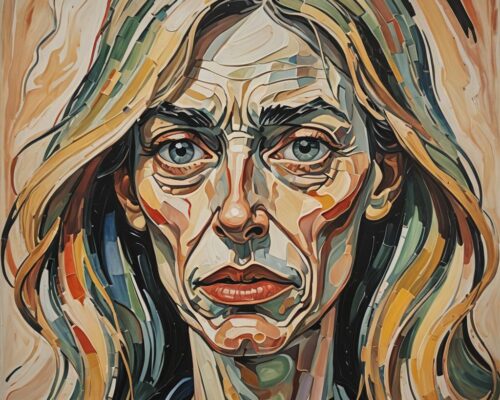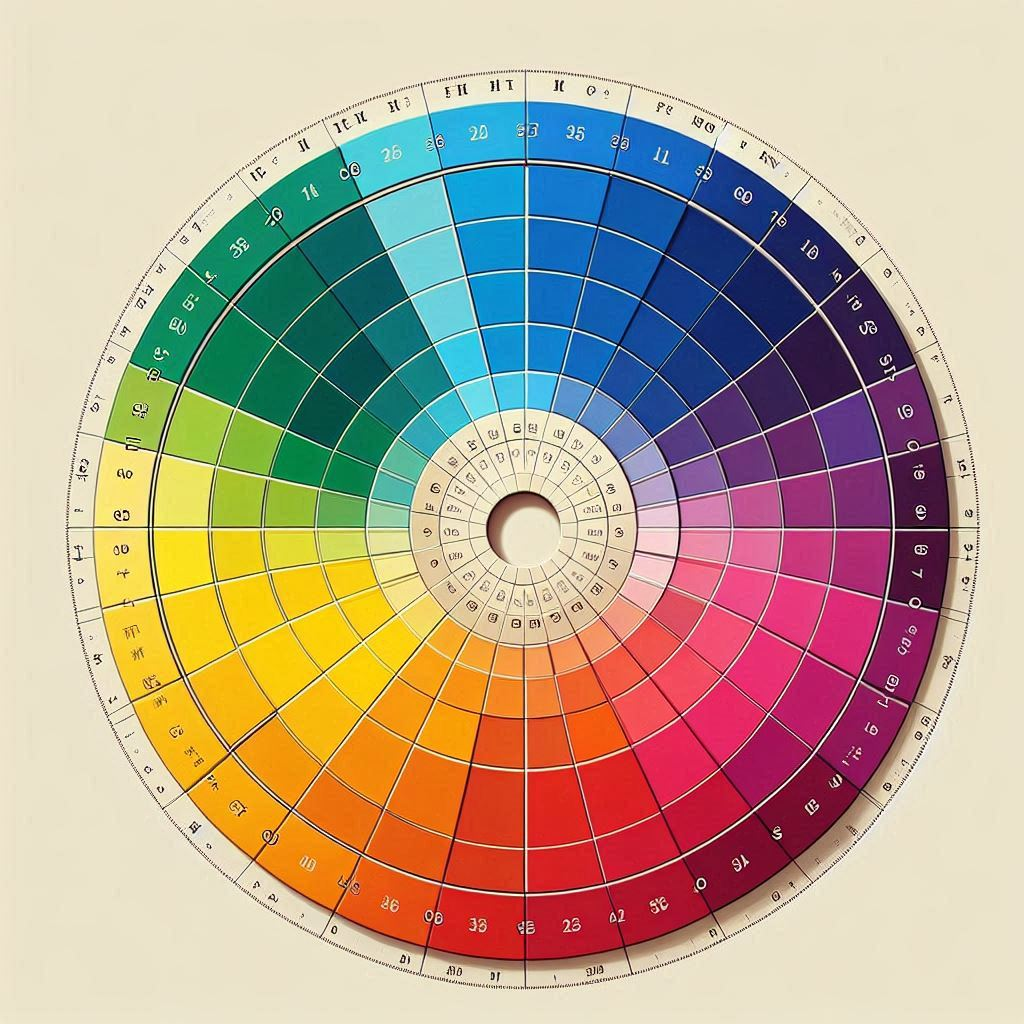Hey, Have You Ever Felt Seen by a Painting?
You’re standing in front of a canvas, and suddenly, you’re hit with a wave of emotions. Maybe it’s a sense of calm, a spark of joy, or even a pang of sadness. That’s the incredible power of Painting Emotions. But have you ever wondered how artists manage to bottle up feelings into something so vivid, so relatable?
Let’s Get Real…
- We’ve all got emotions we’re trying to process. Maybe it’s the stress of everyday life, the excitement of new beginnings, or the weight of heartbreak.
- We’re looking for ways to express ourselves authentically. Sometimes words just aren’t enough, and that’s where art comes in.
The Why Behind Painting Emotions
| Emotion | What It Means to You | Benefits of Expression |
|---|---|---|
| Sadness | You’re feeling lost, and it’s okay. | Process your grief, gain a new perspective |
| Happiness | You’re on top of the world! | Amplify that joy, share it with others |
| Anger | You’re fired up, and that’s valid. | Channel that energy, start healing |
| Fear | You’re facing your anxieties head-on. | Confront, learn, and grow stronger |
The Science Behind Emotional Expression
- Endorphins and Creativity: How creating art can boost your mood and well-being.
- The Brain’s Emotional Response: Understanding how art affects our emotional processing.
Sneak Peek into an Artist’s Mind
1. Color Psychology: The Secret Language
- Warm Hugs (Red, Orange, Yellow): Energy, passion, warmth
- Calm Waters (Blue, Green, Purple): Serenity, creativity, tranquility
- Neutral Ground (Black, White, Gray): Depth, balance, emotional intensity
- Example: How Vincent van Gogh used color to convey emotion in “Starry Night”
2. Brushwork & Texture: The Emotional Dance
- Expressive Brushstrokes: Dynamic energy, movement, and life
- Smooth Textures: Calmness, serenity, and a sense of peace
- Impasto Techniques: Adding a tactile, emotional layer
- Artist Spotlight: The expressive brushwork of Frida Kahlo’s self-portraits
3. Composition & Symbolism: Telling Your Story
- Balanced Compositions: Harmony, stability, and growth
- Asymmetrical Compositions: Tension, conflict, and transformation
- Symbolic Elements: Incorporating personal, emotional significance
- Decoding Symbols: Understanding the meaning behind common art symbols
Real Artists, Real Emotions: Inspirational Examples

- Edvard Munch’s “The Scream” (1893)* Conveying Anxiety and Fear through bold, expressive brushstrokes and a dominant orange hue.
- Claude Monet’s “Water Lilies” (1919): Capturing Serenity and Peace with soft, feathery textures and a soothing color palette.
- Jean-Michel Basquiat’s “Untitled” (1982): Expressing Anger and Frustration through vibrant, clashing colors and intense, gestural brushwork.
- Georgia O’Keeffe’s “Jimson Weed” (1932): Symbolizing Hope and Resilience with a bold, white flower against a dark, muted background.

Your Turn! Painting Emotions for Beginners
Getting Cozy with Your Creativity
For inspiration on capturing the emotional essence of city life through art, read our article on Embracing the Beauty of the City.
- Grab Your Stuff: Canvas, paints, brushes, and an open heart
- Reflect on Your Emotion: What’s been on your mind lately?
- Sketch Your Feeling: Don’t worry about perfection; focus on the emotion
Tips from One Creative to Another
- Let Go of the Need for Perfection: It’s about the journey, not the masterpiece
- Experiment Like Crazy: Find what speaks to your emotion
- Take a Step Back & Reflect: Does it evoke the feeling you intended?
- Bonus Tip: How to create a mood board for inspiration
Words of Wisdom
“Art is the only way to run away without leaving home.” – Twyla Tharp
To learn how to create harmony and express emotions using a limited palette, see our guide on Painting with a Limited Palette.
Frequently Asked Questions (FAQs) – You Asked, We Answered!
- Q: Do I need to be a skilled artist to paint emotions?
A: Not at all! This is about expressing feelings, not creating a perfect piece. - Q: How do I choose the right colors for my emotion?
A: Experiment or refer to color psychology guides – what feels right to you? - Q: Can painting emotions really help with mental health?
A: Absolutely, creative expression can be incredibly therapeutic. - Q: Are there specific painting techniques for each emotion?
A: While some techniques are commonly used, feel free to experiment and find your unique voice. - Q: How can I share my emotional paintings without feeling too vulnerable?
A: Start with trusted friends, consider anonymous online platforms, or keep them personal for self-reflection. - Q: Can I use digital tools to paint emotions if I’m not comfortable with traditional media?
A: Yes, many digital painting software options are available – find what makes you comfortable. - Q: How often should I practice painting emotions to see progress?
A: Aim for a schedule that works for you, whether daily, weekly, or monthly – consistency is key. - Q: Can I combine painting emotions with other forms of therapy?
A: Absolutely, combining creative expression with traditional therapies can enhance your healing journey.



